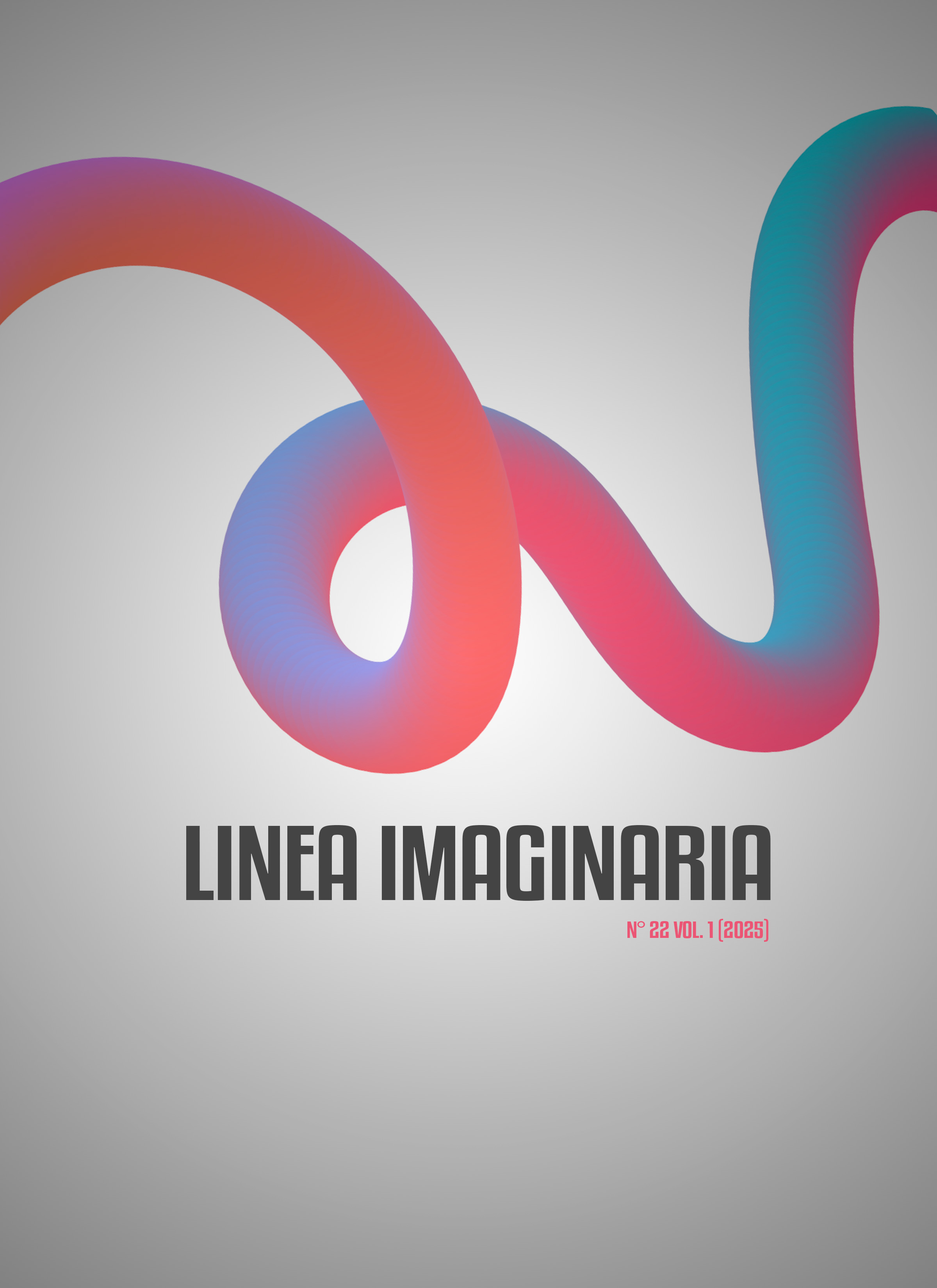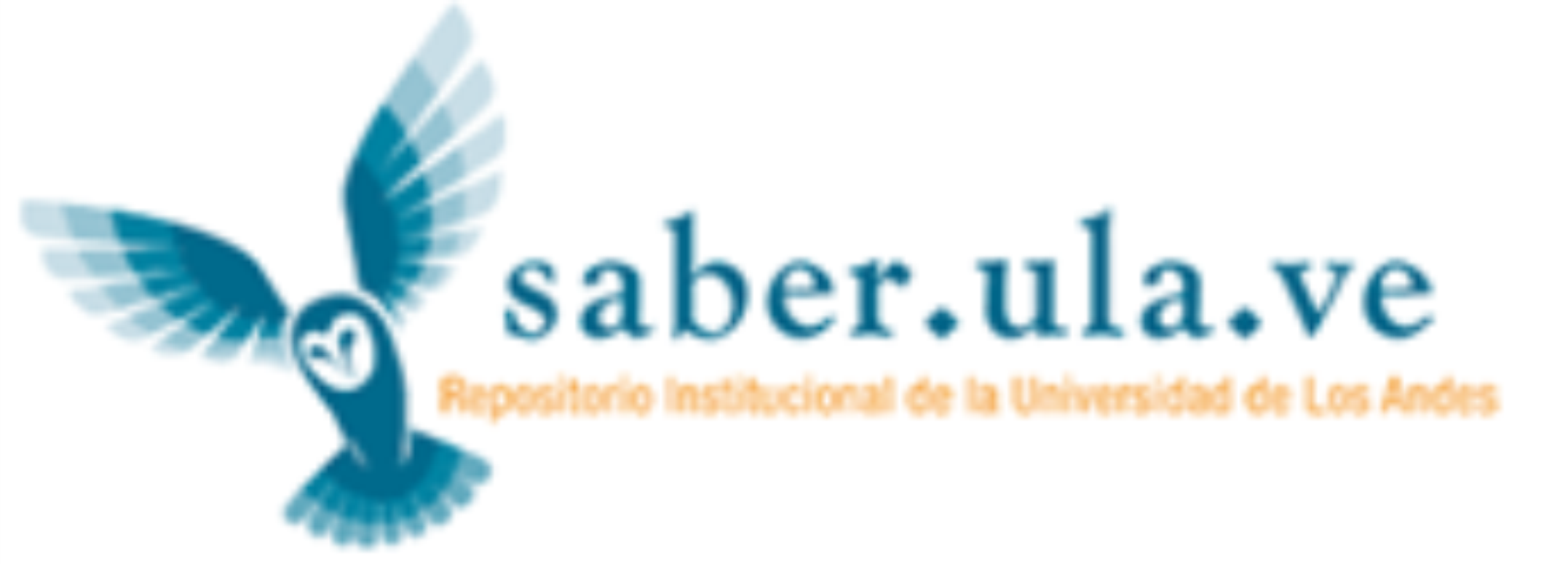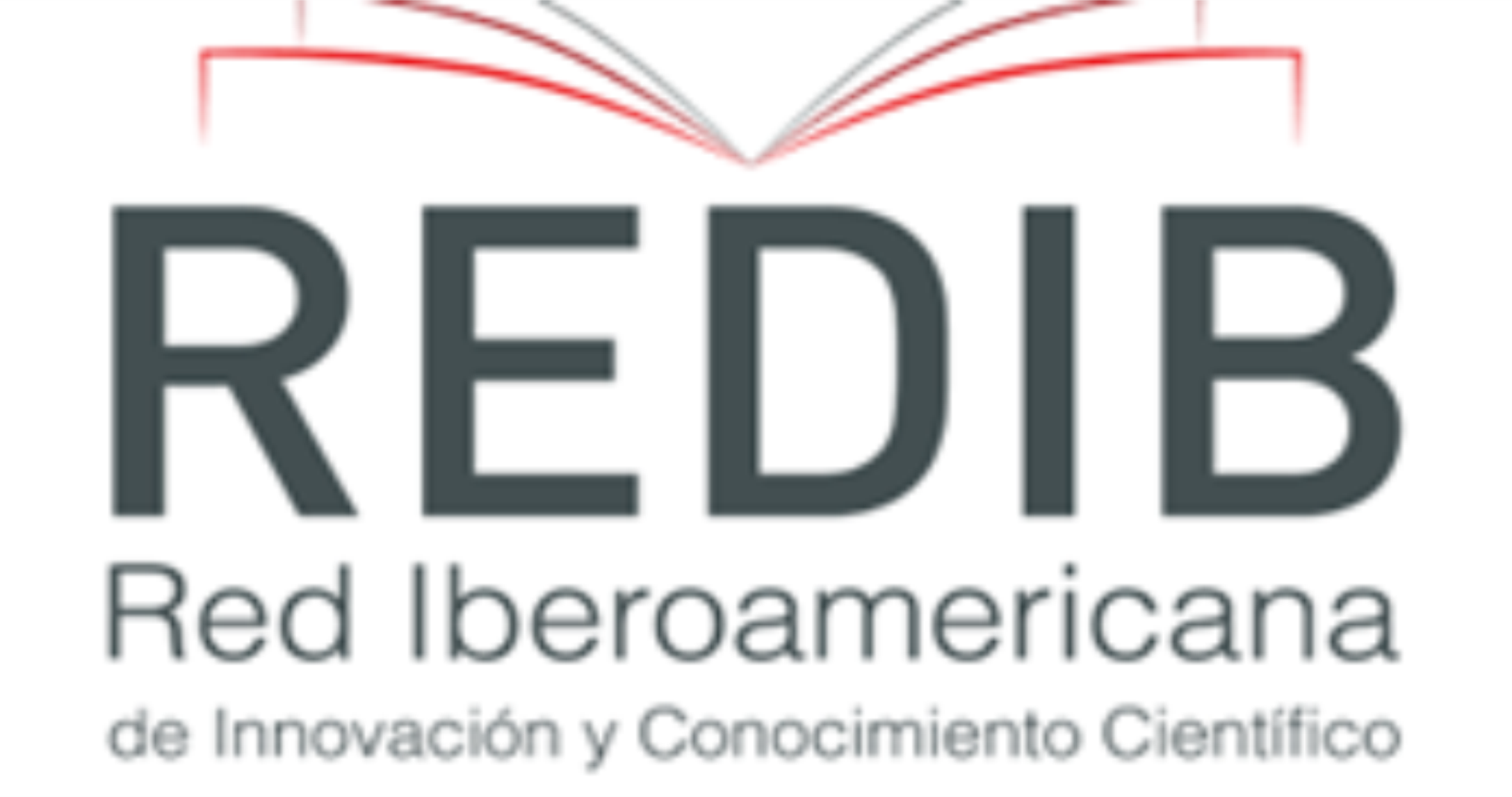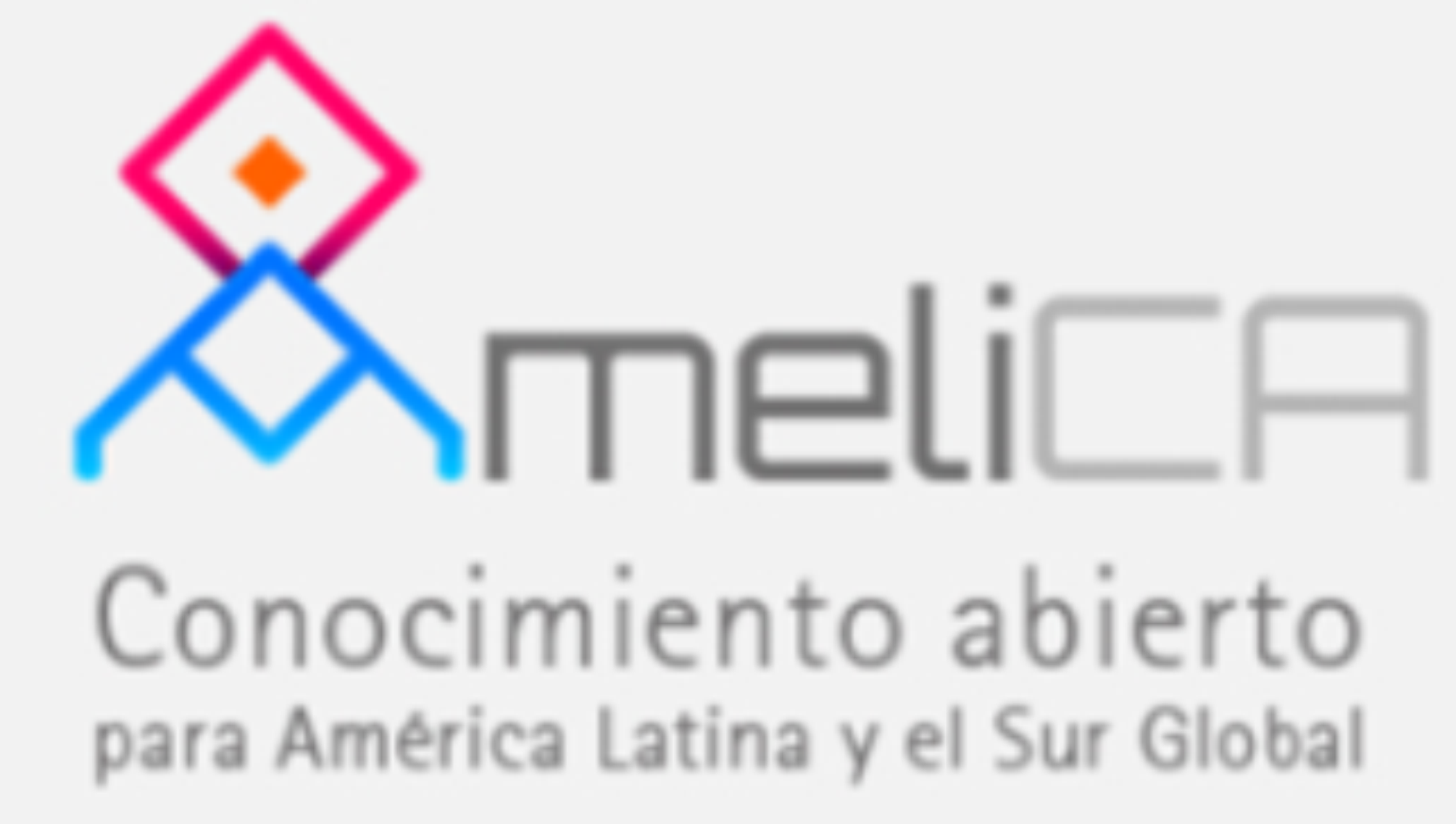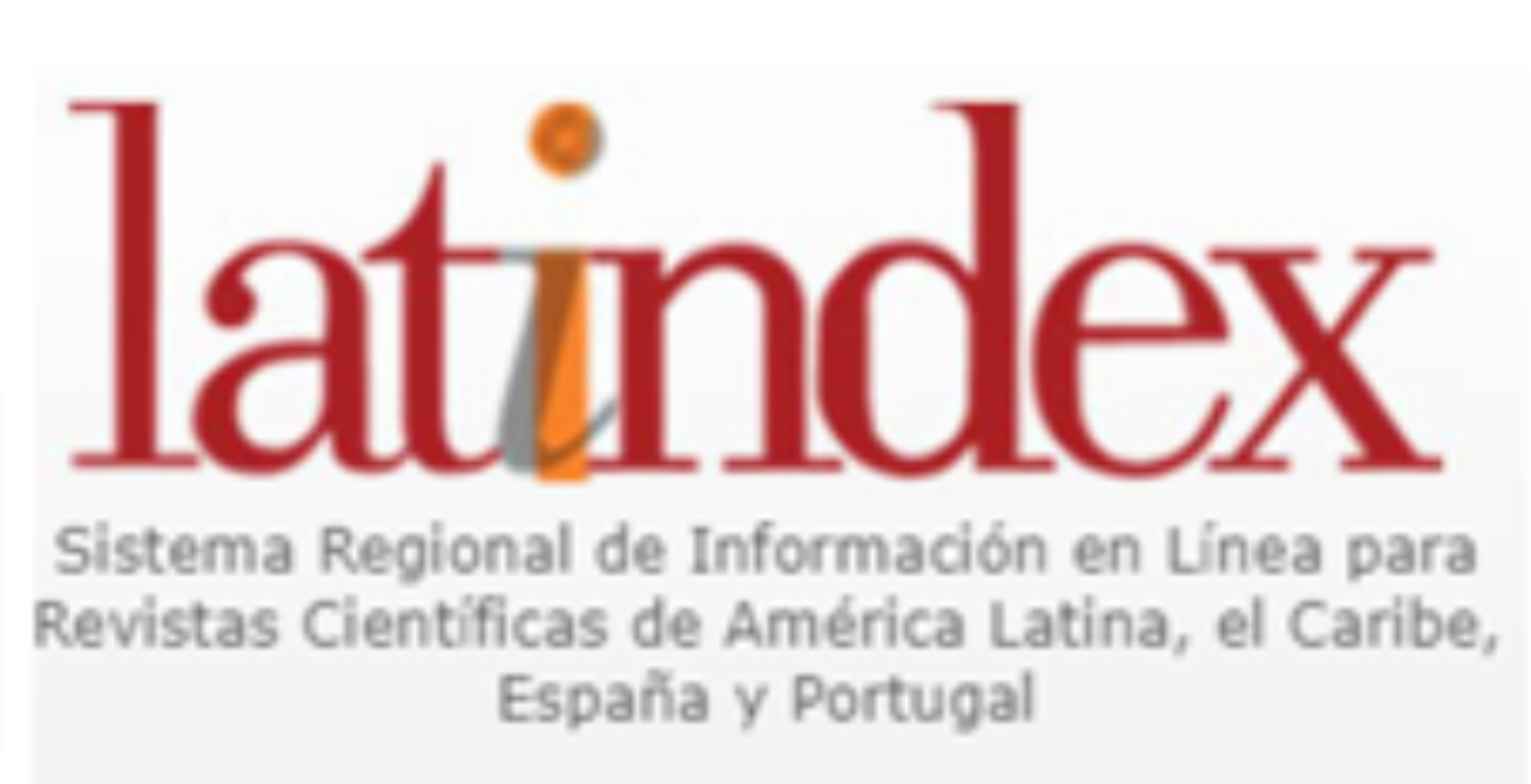STRATEGIES FOR TEACHER ADAPTATION TO TECHNOLOGICAL CHALLENGES AND THE INTEGRATION OF ICT IN EDUCATION
DOI:
https://doi.org/10.56219/lneaimaginaria.v1i22.4172Keywords:
ICT, training, technology, teacher, competencies, curriculum, barriersAbstract
The integration of Information and Communication Technologies (ICT) in education presents a significant challenge for teachers, who must adapt to a new digitalized reality. This article examines teacher adaptation strategies in response to technological challenges and the integration of ICT into educational processes, a topic that has gained prominence amidst the rapid transformation of learning environments. The study draws on the ideas of Andrés Oppenheimer, Francisco Mora, and Edgar Morin, who, from different perspectives, emphasize the importance of transforming education to address the challenges of the 21st century. Oppenheimer highlights the need to innovate pedagogical methodologies to effectively leverage ICT, while Mora stresses the importance of neuroeducation and the need to consider emotional and cognitive processes in teaching. Morin, on the other hand, advocates for an integrative approach that allows for the construction of critical and ethical knowledge suited to the challenges of the digital world. The findings of this study indicate that the main barriers to ICT integration include the lack of ongoing teacher training and inadequate infrastructure. However, it is concluded that overcoming these barriers requires a profound shift in teachers’ mindset, curriculum updates, and the implementation of educational policies that promote inclusive, dynamic, and flexible teaching. Ultimately, the successful integration of ICT will depend on institutional commitment and continuous teacher training to ensure equitable and quality learning.
Downloads
References
Alabdali, S. A., Pileggi, S. F., y Cetindamar, D. (2023). Influential factors, enablers, and Barriers to Adopting smart Technology in Rural Regions: a literature review. Sustainability, 15(10), 7908. https://doi.org/10.3390/su15107908
Zuluaga, M. C. M., Peña, Y. R., Cruz, J. C., Díaz, V. F. G., Salamanca, J. M. S., & Pedroza, B. E. P. (2020). Sistematización de la experiencia docente sobre el uso de Tecnologías de la Información y la Comunicación (TIC), en el método Aprendizaje Basado en Problemas (ABP). Desarrollo Profesoral Universitario, 8(1), 72–87. https://doi.org/10.26852/2357593x.497
Baldeón, V. M. M., Barzola, V. T. M., Castillo, G. C. G., y Diaz, I. J. C. (2024). El Uso de las TIC como Herramienta de Enseñanza en la Educación Secundaria: Beneficios y Retos. Revista Social Fronteriza, 4(6), e46543. https://doi.org/10.59814/resofro.2024.4(6)543
Carrión-Martínez, J. J., La Rosa, A. L., Fernández-Cerero, J., y Montenegro-Rueda, M. (2020b). Information and Communications Technologies (ICTs) in Education for Sustainable Development: A bibliographic review. Sustainability, 12(8), 3288. https://doi.org/10.3390/su12083288
Contador, Y. G., y Gutiérrez-Esteban, P. (2020). El rol docente en la sociedad digital. Digital Education Review, 38, 1–22. https://doi.org/10.1344/der.2020.38.1-22
Fernández-Batanero, J. M., Montenegro-Rueda, M., Fernández-Cerero, J., y García-Martínez, I. (2020). Digital competences for teacher professional development. Systematic review. European Journal of Teacher Education, 45(4), 513–531. https://doi.org/10.1080/02619768.2020.1827389
Fernández-Batanero, J. M., Montenegro-Rueda, M., Fernández-Cerero, J., y García-Martínez, I. (2020c). Digital competences for teacher professional development. Systematic review. European Journal of Teacher Education, 45(4), 513–531. https://doi.org/10.1080/02619768.2020.1827389
García, V. M., Méndez, V. G., y Chacón, J. P. (2023). Formación y competencia digital del profesorado de Educación Secundaria en España. Texto Livre Linguagem E Tecnologia, 16. https://doi.org/10.1590/1983-3652.2023.44851
García-Pinilla, J., Rodríguez-Jiménez, O. R., y Olarte-Dussan, F. A. (2023). Apropiación docente compleja de las TIC en instituciones educativas dotadas con herramientas tecnológicas. Perfiles Educativos, 45(179), 37–54. https://doi.org/10.22201/iisue.24486167e.2023.179.59798
Gewerc, A., González-Villa, A., y Rodríguez-Groba, A. (2023). Estrategias de aprendizaje y motivación del alumnado del Grado en Pedagogía. Aula Abierta, 52(2), 147–156. https://doi.org/10.17811/rifie.52.2.2023.147-156
Gómez‐Rios, M. D., Paredes‐Velasco, M., Hernández‐Beleño, R. D., y Fuentes‐Pinargote, J. A. (2022b). Analysis of emotions in the use of augmented
reality technologies in education: A systematic review. Computer Applications in Engineering Education, 31(1), 216–234. https://doi.org/10.1002/cae.22593
González-Salamanca, J. C., Agudelo, O. L., y Salinas, J. (2020). Key competences, education for sustainable development and Strategies for the development of 21st century skills. A Systematic literature review. Sustainability, 12(24), 10366. https://doi.org/10.3390/su122410366
Hajj, M. E., y Harb, H. (2023). Rethinking Education: An In-Depth Examination of Modern Technologies and Pedagogic recommendations. IAFOR Journal of Education, 11(2), 97–113. https://doi.org/10.22492/ije.11.2.05
Haleem, A., Javaid, M., Qadri, M. A., y Suman, R. (2022). Understanding the role of digital technologies in education: A review. Sustainable Operations and Computers, 3, 275–285. https://doi.org/10.1016/j.susoc.2022.05.004
Kaminskienė, L., Järvelä, S., y Lehtinen, E. (2022). How does technology challenge teacher education? International Journal of Educational Technology in Higher Education, 19(1). https://doi.org/10.1186/s41239-022-00375-1
Li, Y., Kim, M., y Palkar, J. (2022). Using emerging technologies to promote creativity in education: A systematic review. International Journal of Educational Research Open, 3, 100177. https://doi.org/10.1016/j.ijedro.2022.100177
Maguiño, G., Amaru, M., Vela, R., Lidia, S., Lozano, R., Alberto, R., Mendocilla, G., Fernando, G., y Fernando, G. (2020b). Https://produccioncientificaluz.org/index.php/rvg/article/view/34297. Revista Venezolana De Gerencia, 1809–1823. https://doi.org/10.37960/rvg.v25i92.34297
Martínez y Sancho, (2020). Interactions between Virtual Spaces and Schools: A Collective Case Study. Future Internet, 12(12), 217. https://doi.org/10.3390/fi12120217
Miguel-Revilla, D. (2020). Rendimiento académico y tecnología: evolución del debate en las últimas décadas. Cadernos De Pesquisa, 50(178), 1122–1137. https://doi.org/10.1590/198053147144
Molero, P. P., Ortega, F. Z., Cuberos, R. C., Sánchez, M. C., Granizo, I. R., y Valero, G. G. (2020). Emotional intelligence in the field of education: a meta-analysis. DOAJ (DOAJ: Directory of Open Access Journals). https://doi.org/10.6018/analesps.36.1.345901
Mora, F. (2013). Neuroeducación: solo se puede aprender aquello que se ama. https://www.colegar.com/colegar/archivo_aporte_id209_1599168691253.pdf
Morin, E. (2000). Los siete saberes necesarios para la educación del futuro. https://edgarmorinmultiversidad.org/images/descargas/libros/los7saberes.pdf
Mullo, F. P., Caizaguano, M. J. I., Velasteguí, F. a. H., y Sánchez-Guerrero, J. (2023). Interactive virtual learning environment in three dimensions in the cognitive processes of Higher Education. Medwave, 23(S1), eUTA295. https://doi.org/10.5867/medwave.2023.s1.uta295
Ngao, A. I., Sang, G., y Kihwele, J. E. (2022). Understanding Teacher Educators’ Perceptions and Practices about ICT Integration in Teacher Education Program. Education Sciences, 12(8), 549. https://doi.org/10.3390/educsci12080549
Oppenheimer, A. (2014). Crear o morir: La esperanza de América Latina y las cinco claves de la innovación. Penguin Random House. https://santander.fenavi.org/wp-content/uploads/sites/4/2020/04/CREAR_O_MORIR_ANDRES_OPPENHERIMER.pdf
Sosa, N. C. T., Iza, C. A., Castro, C. M. S., & Herrera, L. a. L. (2024). Desarrollo de Habilidades del Siglo XXI a Través del Uso de las TIC: Pensamiento Crítico, Creatividad y Resolución de Problemas. Reincisol, 3(6), 4471–4484. https://doi.org/10.59282/reincisol.v3(6)4471-4484
Taimal, E. a. C., Delgado, D. C. G., y González, M. a. L. (2022b). La trasformación educativa con las nuevas tecnologías. Fedumar Pedagogía Y Educación, 9(1), 80–87. https://doi.org/10.31948/rev.fedumar9-1.art-6
Thornhill-Miller, B., Camarda, A., Mercier, M., Burkhardt, J., Morisseau, T., Bourgeois-Bougrine, S., Vinchon, F., Hayek, S. E., Augereau-Landais, M., Mourey, F., Feybesse, C., Sundquist, D., y Lubart, T. (2023). Creativity, Critical Thinking, Communication, and Collaboration: assessment, certification, and promotion of 21st century skills for the future of work and education. Journal of Intelligence, 11(3), 54. https://doi.org/10.3390/jintelligence11030054
Timotheou, S., Miliou, O., Dimitriadis, Y., Sobrino, S. V., Giannoutsou, N., Cachia, R., Monés, A. M., y Ioannou, A. (2022b). Impacts of digital technologies on education and factors influencing schools’ digital capacity and transformation: A literature review. Education and Information Technologies, 28(6), 6695–6726. https://doi.org/10.1007/s10639-022-11431-8
Togra, D. S. D., Chávez, T. M. M., y Vaca, J. W. T. (2022). Desarrollo de competencias digitales del profesorado mediante entornos virtuales. Revista Latinoamericana De Estudios Educativos, 52(3), 291–310. https://doi.org/10.48 102/rlee.2022.52.3.512
Torres, C. a. B., Contreras, J. L. G., y Ojeda, Y. C. E. (2023). Estrategias didácticas y pedagógicas, modelos pedagógicos y herramientas tecnológicas en educación superior mediada por TIC. Sophia, 19(1). https://doi.org/10.18634/sophiaj.19v.1i.1173
Downloads
Published
How to Cite
Issue
Section
License

This work is licensed under a Creative Commons Attribution-NonCommercial-ShareAlike 4.0 International License.
La revista Línea Imaginaria conserva los derechos patrimoniales (copyright) de las obras publicadas, que favorece y permite la reutilización de los mismos bajo la licencia Creative Commons Atribución-NoComercial-CompartirIgual 4.0 , por lo cual se pueden copiar, usar, difundir, transmitir y exponer públicamente, siempre que se cite la autoría y fuente original de su publicación (revista, editorial, URL y DOI de la obra), no se usen para fines comerciales u onerosos y se mencione la existencia y especificaciones de esta licencia de uso. Si remezcla, transforma o crea a partir del material, debe distribuir su contribución bajo la misma licencia del original.

